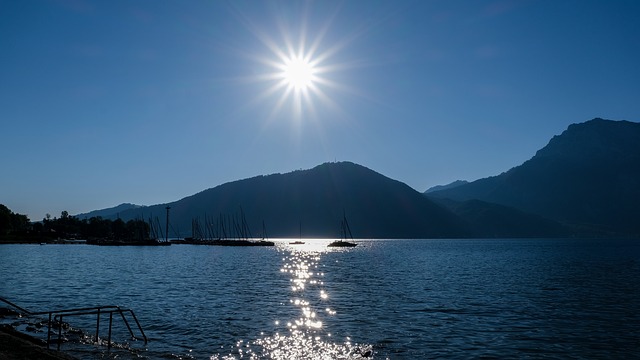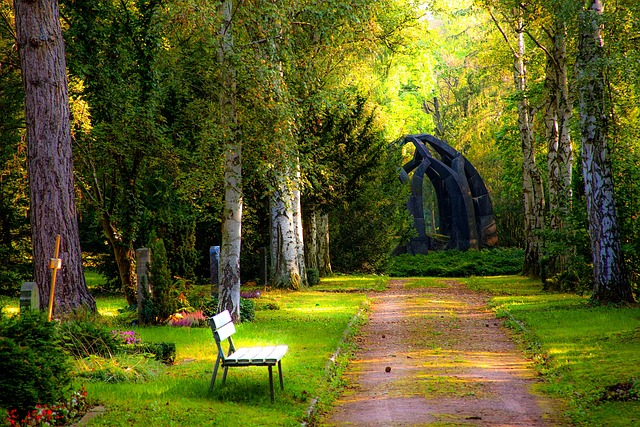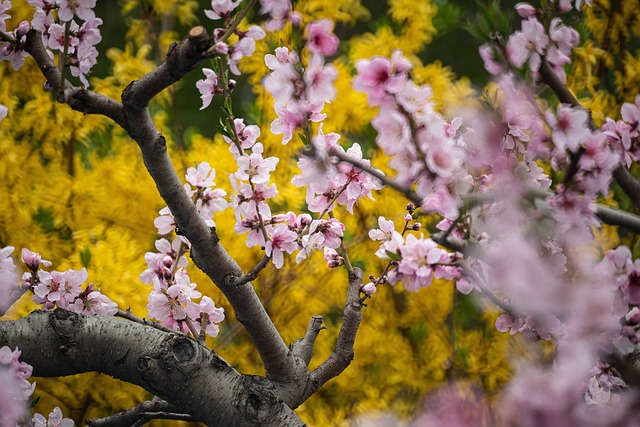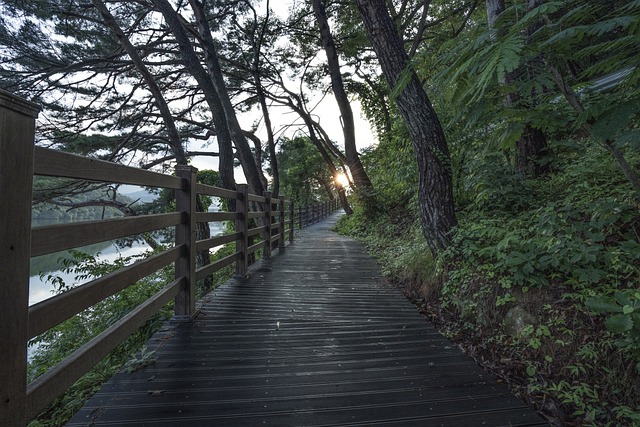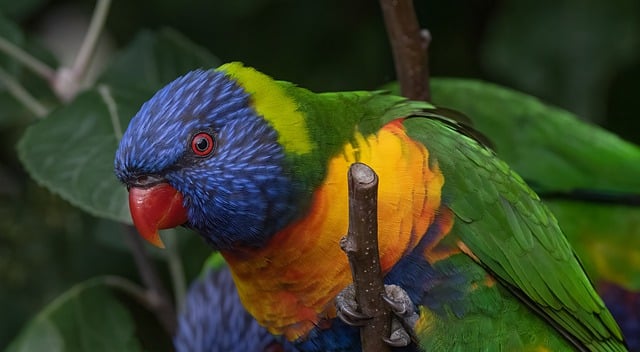Elise Esther Hearst, in her novel exposing the day-to-day reality of people experiencing inter-generational trauma, makes the unequivocal statement in the title of her book, One day we’re all going to die. This is an undeniable aspect of the human condition. Buddhists remind us of the impermanence of everything and the need to prepare ourselves for the inevitable reality of our dying and death. They strongly urge us to savour the preciousness of life and nature and to meditate on death.
The recent Death and Wisdom Summit offered free recently is now available on a paid, upgrade basis. During the Summit, a number of presenters addressed the issue of preparing for dying and death. They shared the lessons from their own research and work in the hospice arena and in providing grief counselling. One of the keynote speakers Frank Ostaseski, author of The Five Invitations: Discover What Death Can Teach Us About Living Life Fully, spoke of the similarities between dying and meditation.
Similarities between the dying process and meditation
In an interview with Steve Heilig, Frank shared his lessons about living from accompanying over 1,000 people in the dying process. In the Death and Wisdom Summit, he focused on sharing his personal insights into the similarities between the dying process and meditation or other spiritual practices such as retreats. Frank, himself, had been a meditation practitioner over many years.
Frank identified the following aspects as similarities between the dying process and meditation:
- Withdrawal from daily life – there is a peeling back of identity and a re-focus on the present moment and experience. Roles and ego identity are stripped away – the face we present to the world is no longer needed or relevant. In dying, as with meditation, distractions are reduced, habituated responses removed and other parts of our life are left behind, including our wide circle of friends. We are either left alone or engage, sometimes silently, with an intimate few.
- Breaking down of conventional boundaries – there is a move away from duality towards wholeness. Elements previously experienced as separate are gradually integrated – such as mind and body, I and others. On a different level, the barrier between persona (projected or perceived ideal image) and the shadow (the unconscious, emotional blind spot) is broken down. So someone who is normally gentle and soft-spoken can suddenly appear as aggressive and loud (or vice versa). The shadow can emerge from behind the mask as the unconscious seeps into conscious life.
- Increasing silence and appreciation of being silent – there is new-found comfort with, and valuing of, silence. People can experience a coma-like state before dying and, as a result, savour the silence. Frank noted, for example, that one person who emerged from a brief coma before dying stated, “If I had known that quiet was so beautiful, I would have spent a lot more time in silence”. There is a gradual process of “turning down the noise” – both the external interactions and the internal dialogue. There is an emergent clarity about our inner landscape.
- The realisation of ordinariness – the progressive acceptance that we are all subject to the human condition, there is awareness that there is a naturally occurring “unfolding” of causes and conditions. This leads to humility and a sense that we are “no better or worse than anyone else” – we are all conditioned by our humanity and its fragility, its foibles and its impermanence. It can lead to the breaking down of “constructed protection” that results in “self-limiting identity”, thus allowing a fuller, more humane identity to emerge.
- Emergence of a state of “not knowing” – a recognition that our fixed ideas about ourself, other people and the world around us are limited and limiting. Not knowing frees us to embrace the unknown and the uncertainty of death. Frank notes that “we all carry stories about our death” and these not only “shape the way we die” but also can shape how we live and love. Self-stories can blind us and their progressive release in meditation and dying can create openness to emergent possibilities.
- Surrender – flows from “not knowing” and often follows a state of exhaustion. Frank describes it as a form of expansion, moving beyond our limiting self-stories to a “kind of spaciousness”. It is beyond struggling, beyond fighting with ourselves and our death and beyond acceptance.
Frank was adamant that “surrender” was not the same as “acceptance” and was “infinitely deeper than acceptance”. He explained that having been mentored by Elisabeth Kubler Ross he was convinced that many people, including those working with the dying, misunderstood what she was talking about in her book, On Death and Dying, when she identified the “five states of dying” – denial, anger, bargaining, depression and acceptance. He maintained, that contrary to popular belief, Elisabeth never saw the stages as linear or sequential, but sought to identify some of the defence mechanisms employed by people who were dying. Frank also explained that later in her life, Elisabeth mentioned to him that she had come to realise that the “five stages” did not represent the full picture of the dying process. Part of Frank’s unique contribution to our understanding of the dying process is his elaboration of the stage of “surrender”.
According to Frank, “acceptance” is a conscious act of “letting go” – removing attachment to, or constraint by, objects, people or false ideas. He suggests that, in contrast, surrender is an “effortless, easeful, non-doing” state that enables realisation of our basic nature without internal or external interference. He likens it to the experience of “time standing still” that some people experience in a car accident situation. In grappling to find the words to describe “surrender” fully, Frank resorted to telling the story of his near-death experience in a whirlpool while rafting in the Grand Canyon and how surrender followed exhaustion. He provides further elucidation of this elusive concept in his podcast, Surrendering to Death.
Frank maintained that we could develop qualities that enable us to be more ready to achieve the state of “surrender’ when dying. He suggests, for example, that a sense of wonder and awe, religious conviction, love or confidence in our acquired wisdom (achieved through mindfulness), can “engender surrender”. He further likens “surrender” to an initiation process involving prioritising the essential over the dispensable. Frank stated that our natural reaction is to resist and fight death through fear, but that “the essential is so magnetising, the surrender so compelling, that fear does not stop us”.
Reflection
Frank provides a very strong exhortation. He maintains that it is a “ridiculous gamble’ to assume that when dying “we will have the physical strength, emotional stability, the mental clarity to do the work of a lifetime”. He argues that NOW is the time for personal transformation – to grow in mindfulness through meditation, silence, developing wonder and awe, cultivating love and compassionate action and strengthening belief.
In the process we can let go of limiting self-stories, misconceptions about death and dying, attachment to externalities, and fear of losing control. We can develop a “not knowing” state, realise the reality of our human condition and our own ordinariness and increase our sense of connectedness to nature and others.
Jack Kornfield and Tara Brach provide a Power of Awareness Course online with 21 hours of teaching. The Course helps you to develop a daily practice of mindfulness mediation and provides ways for you to sustain this practice. It enables you to live life more fully, break free of self-limiting thoughts, increase your sense of wonder and joy and enrich your relationships at home and at work.
________________________________
Image by Nicky from Pixabay.com
By Ron Passfield – Copyright (Creative Commons license, Attribution–Non Commercial–No Derivatives)
Disclosure: If you purchase a product through this site, I may earn a commission which will help to pay for the site and the resources to support the blog.

